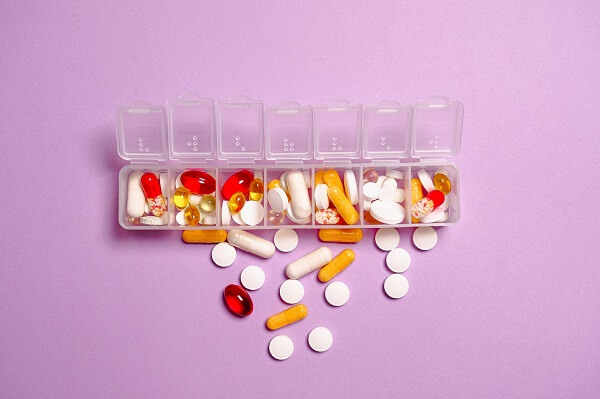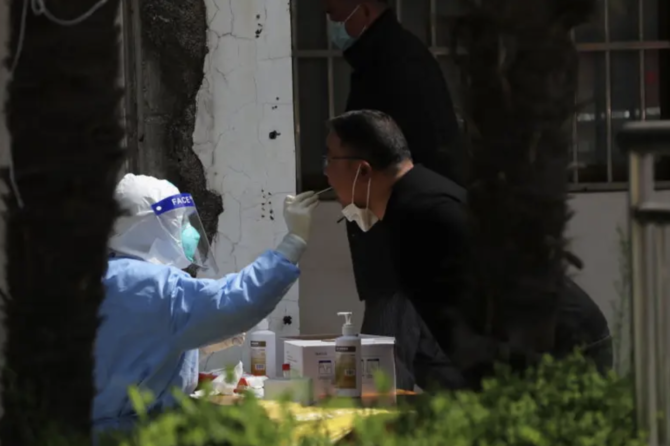How much is too much?
Maryland’s Prescription Drug Affordability Board sharpened its focus Monday on establishing a process to impose upper price limits for some prescription drugs in the state.
Maryland, a pioneer in establishing a cost control board for medications, has no definition for “upper payment limits” within its state code.
“So for our purposes, it means the maximum amount paid or reimbursed for a prescription drug product,” said Andrew York, the executive director for the Prescription Drug Affordability Board,
Michele J. McDonald, general counsel from the Maryland Attorney General’s Office, said that this gives the board the flexibility to set its own limit.
York, who presented a report to board members Monday, said the board would also be responsible for selecting which drugs the limit would apply to.
“All of that needs to be fleshed out,” he said.
Under 2019 legislation that created the council, the Prescription Drug Affordability Board was tasked with studying upper payment limits — and given the authority to draft plans of action in partnership with a Stakeholder Council to set upper payment limits on prescription drugs.
Plans of action must be approved by the General Assembly’s Legislative Policy Committee or the governor and attorney general within 45 days of presentment.
Under the initial policy, the Prescription Drug Affordability Board would have been able to set upper payment limits on drugs purchased by state and local governments — including universities, hospitals and correctional centers — on behalf of state and local government employees, or through the Maryland State Medical Assistance Program on Jan. 1, 2022.
However, Gov. Lawrence J. Hogan Jr. (R) vetoed a 2020 bill meant to establish the board’s funding mechanism, slowing down the 2019 bill’s implementation process.
During an interview after Monday’s hearing, Vincent C. DeMarco, the head of the Maryland Citizens’ Health Initiative, said that he is “thrilled” the board is making headway on imposing upper payment limits, adding that he knows each member is aware “that drugs don’t work if people can’t afford them.”
According to the Department of Budget and Management, Maryland state employees spent roughly $390 million on prescription drugs in 2020.
York laid out the benefits of having caps on prescription drug costs, including savings for taxpayers, reduced out-of-pocket spending and expanded access to care. On the other hand, it could cause certain drug manufacturers to choose not to sell their products in the state, causing access issues.
“I think the access issue is something that we have to be concerned about, but in reality, Maryland state employees are a very small portion of this market,” said Dr. Gerard Anderson, a member of the board. “So you know, the major drug companies … are not going to, therefore, pull out unless they want to make it as a show.”
In order to expand the upper payment limit to all Marylanders, the Prescription Drug Affordability Board will have to turn to the General Assembly to take up the matter legislatively.
“As early as 2023, that’s going to be expanded to the entire state by the legislature but … for now, our current scope is for state and local governments,” York said.
He also recommended expanding a policy passed during the 2022 legislative session to cap co-pays on insulin prescriptions for patients with health insurance to the uninsured.
York’s final report detailing the board’s recommended policy priorities is due on June 30.
This article was posted by Maryland Matter, read more articles like this here.
Photo: pexels.com photo./Maryland Matters











